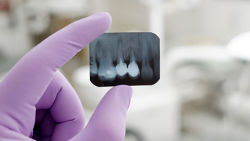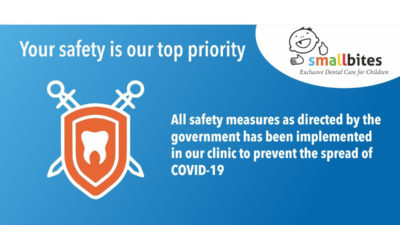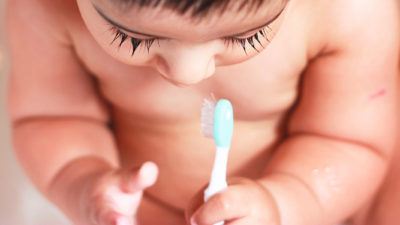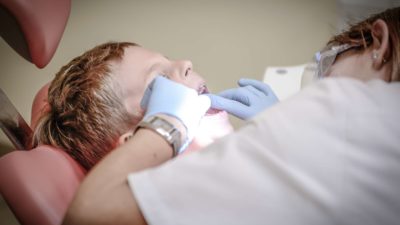
X-rays, also known as radiographs, are an essential part of any dental care treatment plan. They are diagnostic, but they can also be preventative, by helping a dentist diagnose potential oral care issues in a patient’s mouth before they become a major problem. An x-ray is a type of energy source that passes through soft tissues and is absorbed by dense tissue. Teeth and bone are very dense, so they absorb X-rays, while X-rays pass more easily through gums and cheeks.
X-rays are divided into two main categories, intraoral and extraoral. Intraoral is an X-ray that is taken inside the mouth. An extraoral X-ray is taken outside of the mouth.
Intraoral X-rays are the most common type of radiograph taken in dentistry. They give a high level of detail of the tooth, bone and supporting tissues of the mouth. These X-rays allow dentists to:
The Importance of Dental X-Rays in Kid’s Dental Treatment
• Find cavities
• Look at the tooth roots
• Check the health of the bony area around the tooth
• Determine if periodontal disease is an oral care issue
• See the status of developing teeth
• Otherwise, monitor good tooth health through prevention
What is the Purpose of X-Rays in Dental Treatment?
X-rays, also called radiographs, are a valuable diagnostic tool. X-rays help the dentist to,
• See how your child’s teeth are erupting (coming into the mouth)
• See the number, size and position of teeth that are still inside the gums
• Find out whether there are missing teeth or extra teeth
• Monitor mouth and teeth injuries
• Determine whether the teeth or mouth are infected
• Prepare for braces and other orthodontic treatment
• Detect problems that can’t be seen with a visual exam
• Identify bone diseases
• Diagnose cavities in between teeth that are touching each other
There is no standard timetable for when your child’s mouth should be X-rayed. The need varies with the child’s development and dental health. If your child has had many cavities and fillings or has a high risk of tooth decay, the American Academy of Pediatric Dentistry recommends X-rays every six months. This can help to detect cavities developing between teeth. Whether X-rays are needed also depends on how well your child brushes and flosses, and your child’s diet.
Other children may not need X-rays taken as often. If X-rays aren’t taken when they are needed, problems can become worse.
Content Excerpts from http://www.colgate.com/




